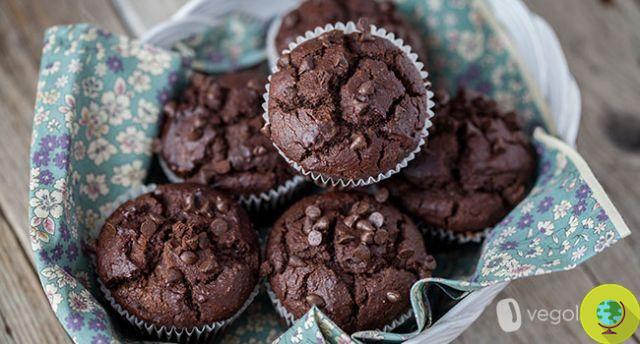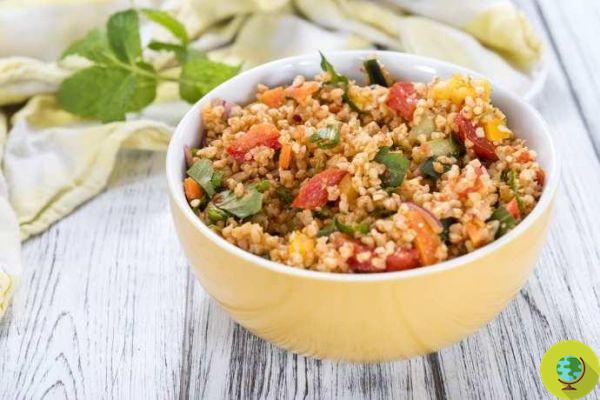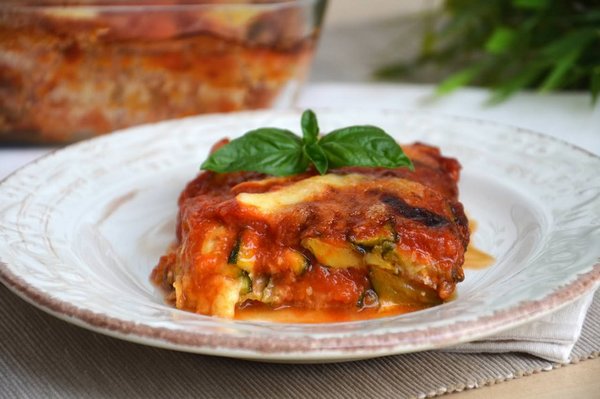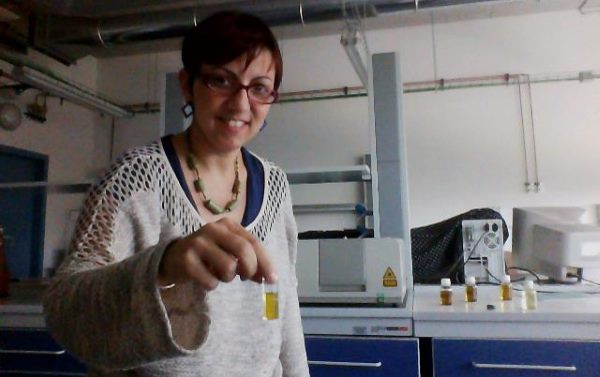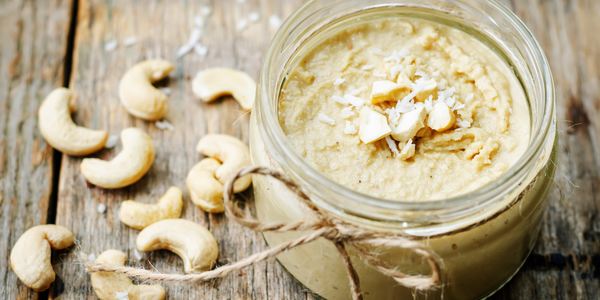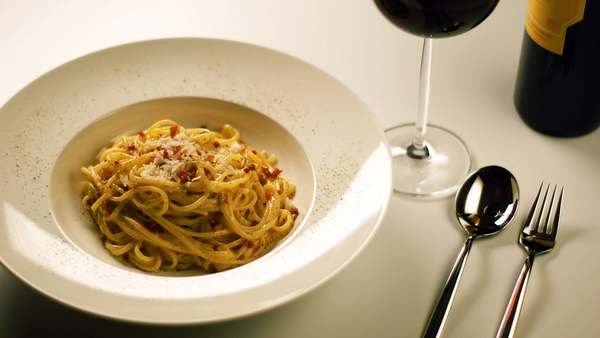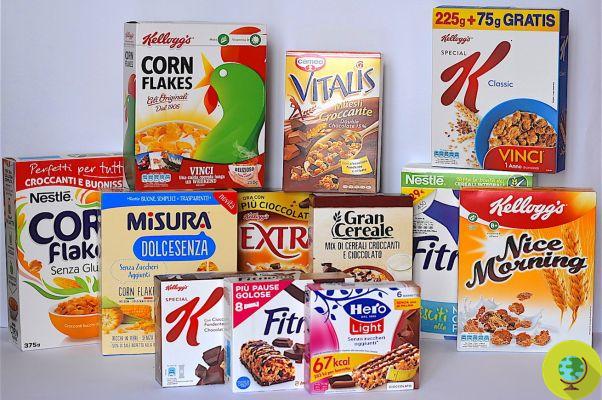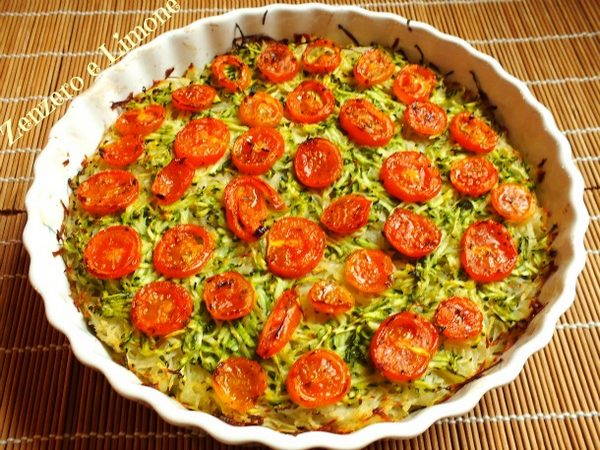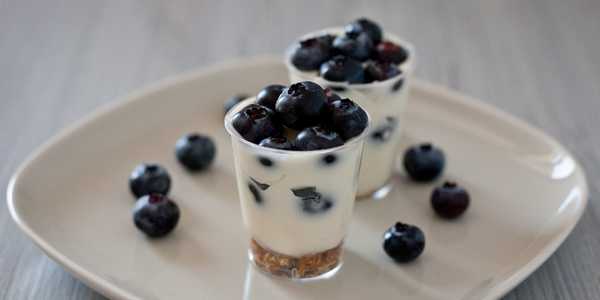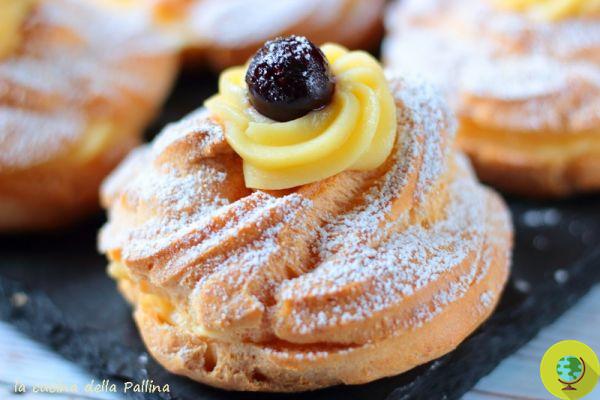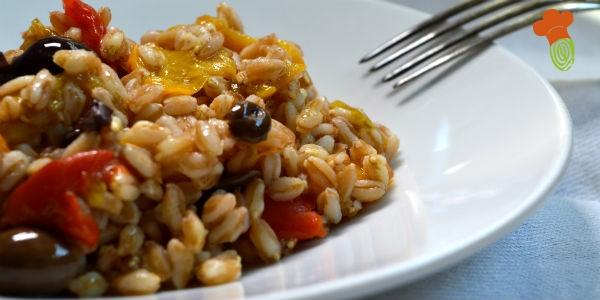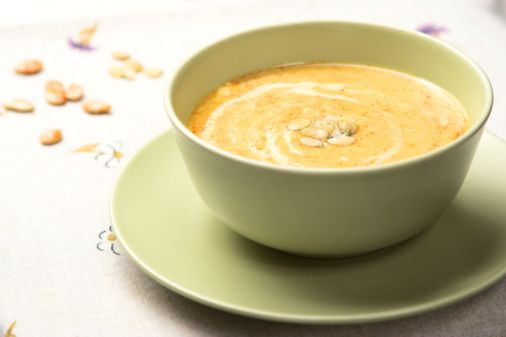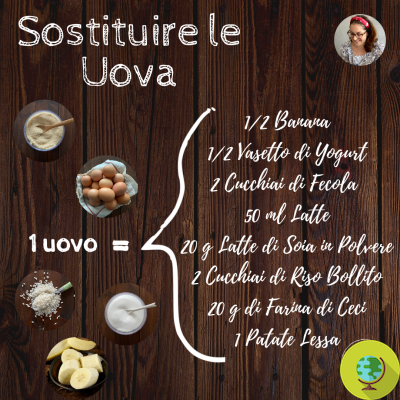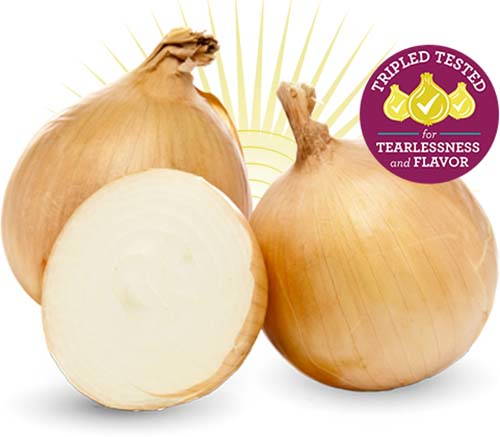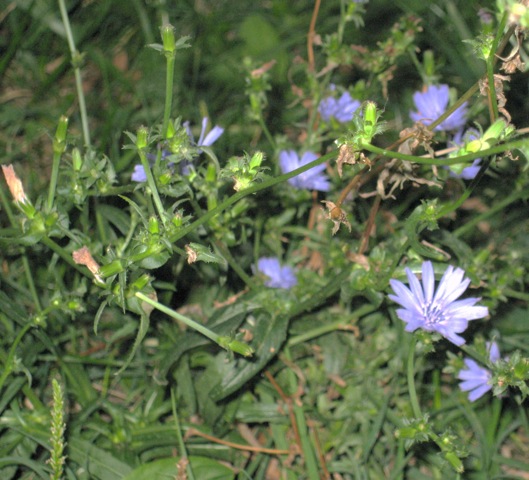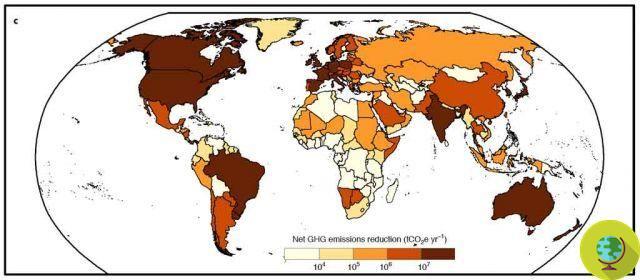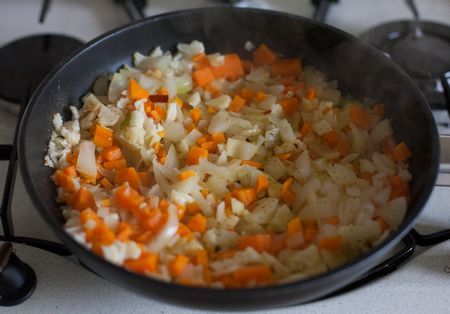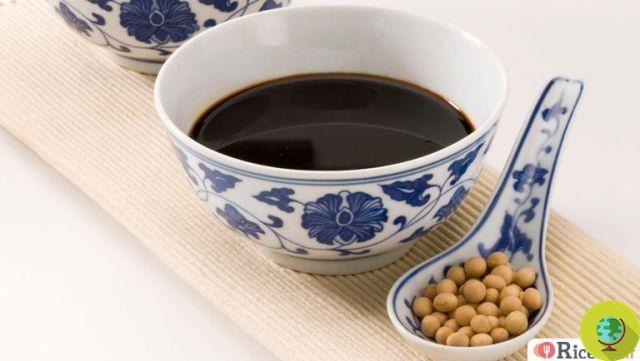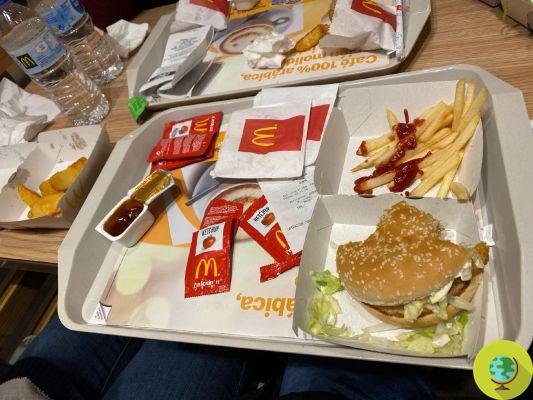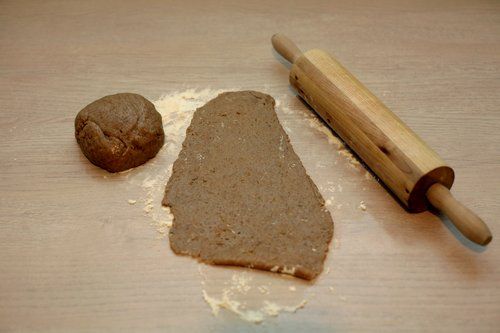Baking soda is often used in place of baking powder to regrow sweet and savory doughs. But what distinguishes baking soda from yeast? And when to use one or the other in recipes?
Don't store avocado like this: it's dangerousBaking soda is often used in place of baking powder to regrow sweet and savory doughs. But what distinguishes baking soda from yeast? And when to use one or the other in recipes?
While they are similar, yeast and baking soda are different. It is important to know what distinguishes these two popular and commonly used ingredients in the kitchen to use them correctly and ensure the right leavening for our doughs.
Index
What is baking soda
Sodium bicarbonate, NaHCO3, is also known as sodium hydrogen carbonate, sodium hydrogen carbonate, or as monosodium carbonate. It is normally present in nature, but can also be produced industrially.
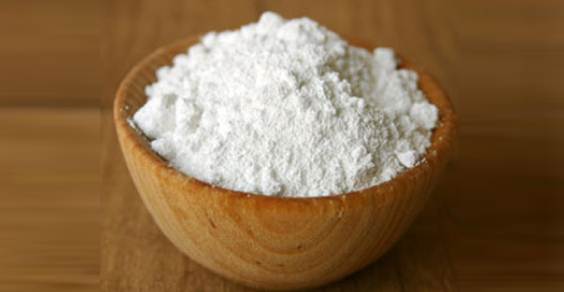
By mixing it with acidic substances it decomposes releasing gaseous carbon dioxide and water. In the kitchen, therefore, this reaction usually occurs in the presence of a liquid, producing "bubbles". This property is what makes the substance so useful in the case of baked goods that require leavening. The addition of bicarbonate to a dough will generate carbon dioxide, real bubbles of gas that will give the sweets their typical softness.
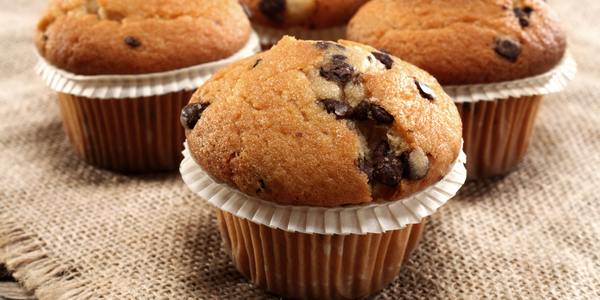
In recipes that only use baking soda, other acidic ingredients, such as molasses, maple syrup, lemon juice, yogurt or even vinegar, must be added to activate it.
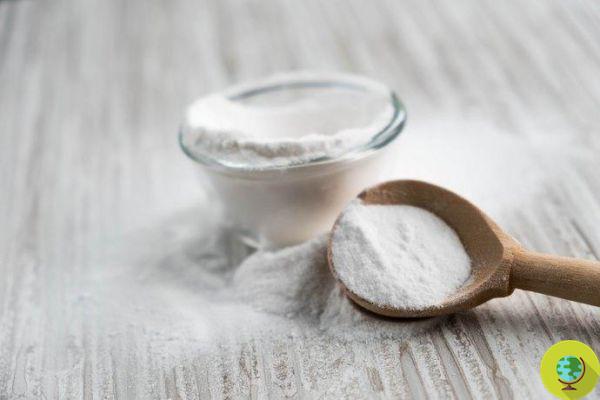
For further information: Sodium bicarbonate: what it is and why it works
What is baking powder
Baking powder is a mix of baking soda and two acids that interact and produce carbon dioxide during various stages of the cooking process.
One of the acids in baking powder is monocalcium phosphate, which unlike most acids - such as vinegar - does not immediately react with baking soda when dry.
The second acid, usually sodium pyrophosphate, lengthens the chemical leavening process. Only when the baking soda is wet, for example when mixed with a wet dough, will the three ingredients begin to react, releasing bubbles of CO2 and causing it to rise.
In fact, neither of the two acids will react with the base until the baking soda is wet and hot, in other words, until we have placed the dough in the oven. By doing this, it causes the dough to rise for a longer period of time, making a cake or muffin fluffier.
It is useful in cases where the leavening does not have to take place all at once. It must be said, however, that yeast contains only a quarter of bicarbonate, so it is also powerful a quarter compared to bicarbonate. For this reason the leavening is also slower. On the plus side, when using yeast, you don't need to add an acid.
Basically, baking soda is made from a single ingredient, while yeast is a mix of baking soda and at least one acid.
Baking soda or baking powder?
Which of the two should you prefer in the kitchen to have soft and well-leavened desserts or preparations? It's simple: when preparing a recipe in which there is already an acid among the ingredients, baking soda is indicated. Conversely, if there are no acids in the recipe, (molasses, Maple syrup, lemon juice, yogurt, etc.) it is better to prefer yeast.
READ also:
- 50 great alternative uses of baking soda
Francesca Mancuso





